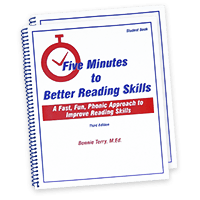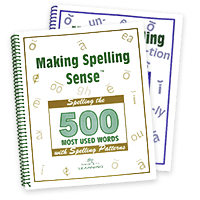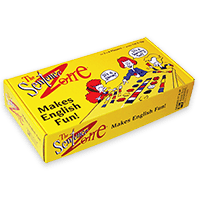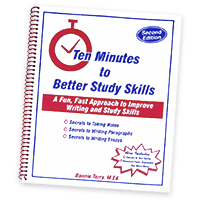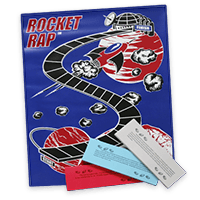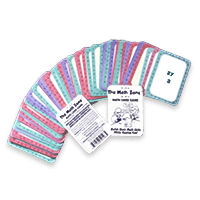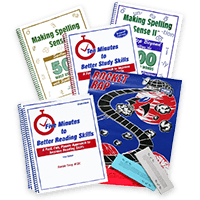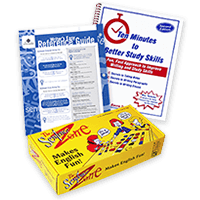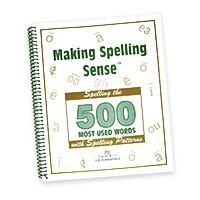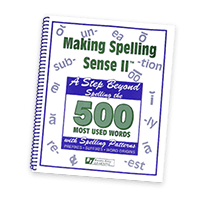[vc_row][vc_column][vc_column_text]
The Center for Research on Learning based at the University of Kansas has been studying the best ways to help promote effective teaching for over 25 years. The center has developed numerous strategies that are placed into an overall program called the Strategic Instruction Model (SIM Strategies) In essence the Strategic Instruction Model is about promoting effective teaching and learning of critical content in schools. SIM strives to help teachers make decisions about what is of greatest importance, what we can teach students to help them to learn, and how to teach them well.
The Center for Research on Learning developed specific learning strategies for assisting students to understand information and solve problems. A learning strategy is a person’s approach to learning and using information. Students who do not know or use good learning strategies often learn passively and ultimately fail in school. Learning strategy instruction focuses on making the students more active learners by teaching them how to learn and how to use what they have learned to solve problems and be successful.
Word Identification Strategy
In this strategy students are taught how to sound out words that are complex; they may have prefixes or suffixes added to the stem or root of the word. Meanings of the prefixes and suffixes and root words are also taught. The Making Spelling Sense and Making Spelling Sense II, as well as the ASW Spelling and Phonics Program incorporate this word identification strategy along with the eight spelling patterns.
In the SIM research study, students made an average of 20 errors in a passage of 400 words before learning this strategy and the patterns. Having learned the Word Identification Strategy, students reduced their errors to an average of three per 400 words. Reading comprehension increased from 40 percent on the pretest to 70 percent on grade-level passages.
Writing and Comprehension Strategies
The SIM Sentence Writing Strategy teaches kids to recognize and write 14 sentence patterns with four types of sentences: simple, compound, complex, and compound-complex. Research results showed that students wrote an average of 65 percent complete sentences on the pretest and an average of 88 percent complete sentences on the posttest.
Strategic Instruction Model (SIM) Paraphrasing Learning Strategy developed by the center.
The Paraphrasing Strategy is designed to help students focus on the most important information in a passage. Students read short passages of materials, identify the main idea and details, and rephrase the content in their own words. The Paraphrasing Strategy is designed to help students focus on the most important information in a passage. Students read short passages of materials, identify the main idea and details, and rephrase the content in their own words. Using grade-level materials, students performed at a 48 percent comprehension rate before learning the strategy. After learning the strategy, these students comprehended 84 percent of the material.
That is exactly what students do when they learn to take notes from what they read in the ASW Reading, Writing, and Study Skills Program and the ASW Premium program. The programs incorporate a visual/kinesthetic method for teaching kids of all ages how to read for meaning. The program addresses how children acquire information. They include strategies for learning how to paraphrase critical information, picture (visualize) information and use color-coding to promote understanding and remembering, write sentences and paragraphs, monitor their work for errors, and confidently approach and take tests.
Additionally, when reading, students learn how to take notes, use graphic organizers, identify connections, identify pairs of items, create mnemonic devices, create study cards, and use the study cards or graphic organizers to learn the information. Research has shown that before students learned this strategy, they correctly answered an average of only 8 percent of test questions related to paired information when the paired information was identified for them. After they mastered the strategy, they correctly answered an average of 85 percent of the questions about paired information that was identified for them. When given reading passages to study on their own, they answered an average of 22 percent of test questions correctly before instruction in the strategy versus answering 76 percent correctly after mastering the strategy.
Paragraph Writing Strategies
This is taught in the ASW Writing Program, ASW Reading, Writing, and Study Skills Program and the ASW Premium program. Studies show that when students learn a specific strategy for organizing ideas, planning their point of view, planning the sequence they will write the information/ideas down they improve their writing scores an average of 31%. Research results showed average pretest scores of 40% and posttest scores of 71% of the available points.
The Strategic Instruction Model Lends Itself to Game Playing

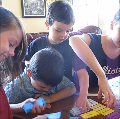 The Sentence Zone is supported by the Strategic Instruction Model (SIM) Sentence Writing Strategy developed by the center. The Sentence Zone also incorporates color with a visual/kinesthetic method for teaching sentence writing through game playing.
The Sentence Zone is supported by the Strategic Instruction Model (SIM) Sentence Writing Strategy developed by the center. The Sentence Zone also incorporates color with a visual/kinesthetic method for teaching sentence writing through game playing.
The SIM Sentence Writing Strategy teaches kids to recognize and write 14 sentence patterns with four types of sentences: simple, compound, complex, and compound-complex. Research results showed that students wrote an average of 65 percent complete sentences on the pretest and an average of 88 percent complete sentences on the posttest.
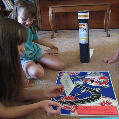 The Comprehension Zone: Rocket Rap is supported by the Strategic Instruction Model (SIM) Paraphrasing Learning Strategy developed by the center.
The Comprehension Zone: Rocket Rap is supported by the Strategic Instruction Model (SIM) Paraphrasing Learning Strategy developed by the center.
The Paraphrasing Strategy is designed to help students focus on the most important information in a passage. Students read short passages of materials, identify the main idea and details, and rephrase the content in their own words. That is exactly what students do when they play The Comprehension Zone. The Comprehension Zone is a visual/kinesthetic method for teaching kids of all ages how to read for meaning. They play for main idea, details, both, or to sequence what they have read or listened to.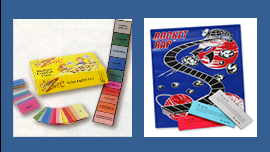 The Sentence Zone and The Comprehension Zone: Rocket Rap address how children acquire information. They include strategies for learning how to paraphrase critical information, picture information to promote understanding and remembering, write sentences and paragraphs, monitor their work for errors, and confidently approach and take tests.
The Sentence Zone and The Comprehension Zone: Rocket Rap address how children acquire information. They include strategies for learning how to paraphrase critical information, picture information to promote understanding and remembering, write sentences and paragraphs, monitor their work for errors, and confidently approach and take tests.
Additional Reading Strategies Supported by the Strategic Instruction Model
No single strategy is a panacea. For example, there are reading strategies that help:
- Students figure out what a word is
(Making Spelling Sense and Making Spelling Sense II) - Read fluently
(Five Minutes to Better Reading Skills) - Comprehend what they’re reading
(Ten Minutes to Better Study Skills and The Comprehension Zone: Rocket Rap) - Acquire vocabulary
(Ten Minutes to Better Study Skills) - Understand the structure of text
(Ten Minutes to Better Study Skills, The Sentence Zone, and The Writer’s Easy Reference Guide)
[/vc_column_text][/vc_column][/vc_row][vc_row][vc_column][vc_column_text]
The Research Behind Bonnie Terry Learning Programs and Products
Bonnie Terry Learning and Orton-Gillingham A Comparison
Brain Research – How Bonnie Terry Learning Programs and Products Work
Reviews and Scope of Programs and Products
Testimonials and Reviews[/vc_column_text][/vc_column][/vc_row]

